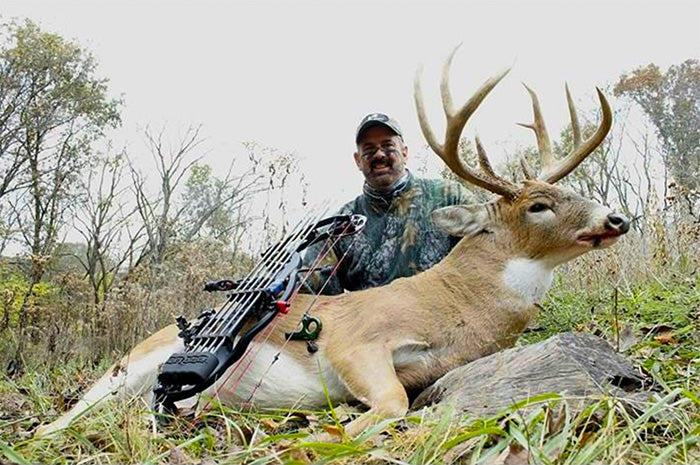
Create Your Story
By Keith Riehn of Sqwincher Outdoors
While producing and editing an outdoor TV show for the first time, I learned a lot about what I needed, and what was lacking from the footage I had to work with. Now when I hit the field, I have a much better understanding of what I need to do to make an editor’s job a whole lot easier. If you want to get your hard-earned footage some exposure, here are some key points to making a producer more than happy to use your video creation. Although most of my references are towards filming deer hunts, the tips to getting what you need will overlap into almost all game animals and hunting situations.
Start From The Top
You cannot tell the whole story if you don’t start from the beginning. The first step in filming a hunt is capturing the preparation. This can include dialogue with your hunting partner or directly to the audience. Do not start your story from the tree or ground blind. Let your viewers know exactly what you plan to do.
The Walk In
This part is the most difficult time to motivate yourself to capture because of the time and effort it takes. Fight the temptation of putting everything in your pack and waiting until you are set up to start filming. Shots of the hunter walking in gives the audience a feel for the hunt. Make viewers feel like they are there.

Once You Are There
This is the more common interview you are used to seeing, when hunters describe the setup, the hunt, the animals they are after, the wind, weather conditions, etc. Film B-roll footage while you wait for your deer. Create some perspective of the time passing by as you wait. These shots include creative pans of the landscape, leaves, your hunting equipment, the hunter, etc. Alternative perspective cameras such as action cameras are great for these short shots. Fourth Arrow has a variety of products to make these shots easier.

The Moment of Truth
Nothing but experience can really prepare you for that time when the deer you plan to take is on its way in. Capturing the moment is an art in itself. Do not zoom in too much! Remember, you want viewers to feel like they are there, so give them a feel for the surroundings as well as the animal itself. After the shot, do all you can to keep the camera on the animal until it is down or out of view. Directly after the shot, do not turn the camera off! Zoom out and film the hunter’s reaction. It is critical to capture the emotions of the hunter, good or bad depending on the shot made and the situation. Again, directly after the shot, zoom out, refocus on the hunter and capture their post shot emotions.

Cutaways
Some producers will want good cutaways to add to the story. It is important to do this right away, while the lighting still matches the hunt. Other producers will only want to use live action, but it never hurts to get some shots of the hunter drawing his bow, grunting, and other actions he/she may have done during the hunt that were not captured live.
Climbing Down and Tracking
Again, this another storytelling must. This step includes packing up gear, climbing down from the tree, getting out of the blind, and starting the blood trail. Filming the tracking job is a critical point to connect the shot and the recovery.
Reactions and Hero Shots
Film the hunter’s reaction as the animal is recovered. This part can be very emotional and often what the viewer will remember the most.
Retell the event
If there was a history with this animal or hunting land, tell the viewer about it. Tell the whole story leading up to the grand finale. The editor will be glad to have these pieces to use between scenes to help give the whole story a theme. Stage these interviews with an appropriate background. Choose your setting wisely.

Many hunters are very enthused about capturing their hunts to share with others. If you are one of these hunters or videographers, do yourself a huge favor and capture everything. You will have a much better chance of someone choosing your footage for production.
